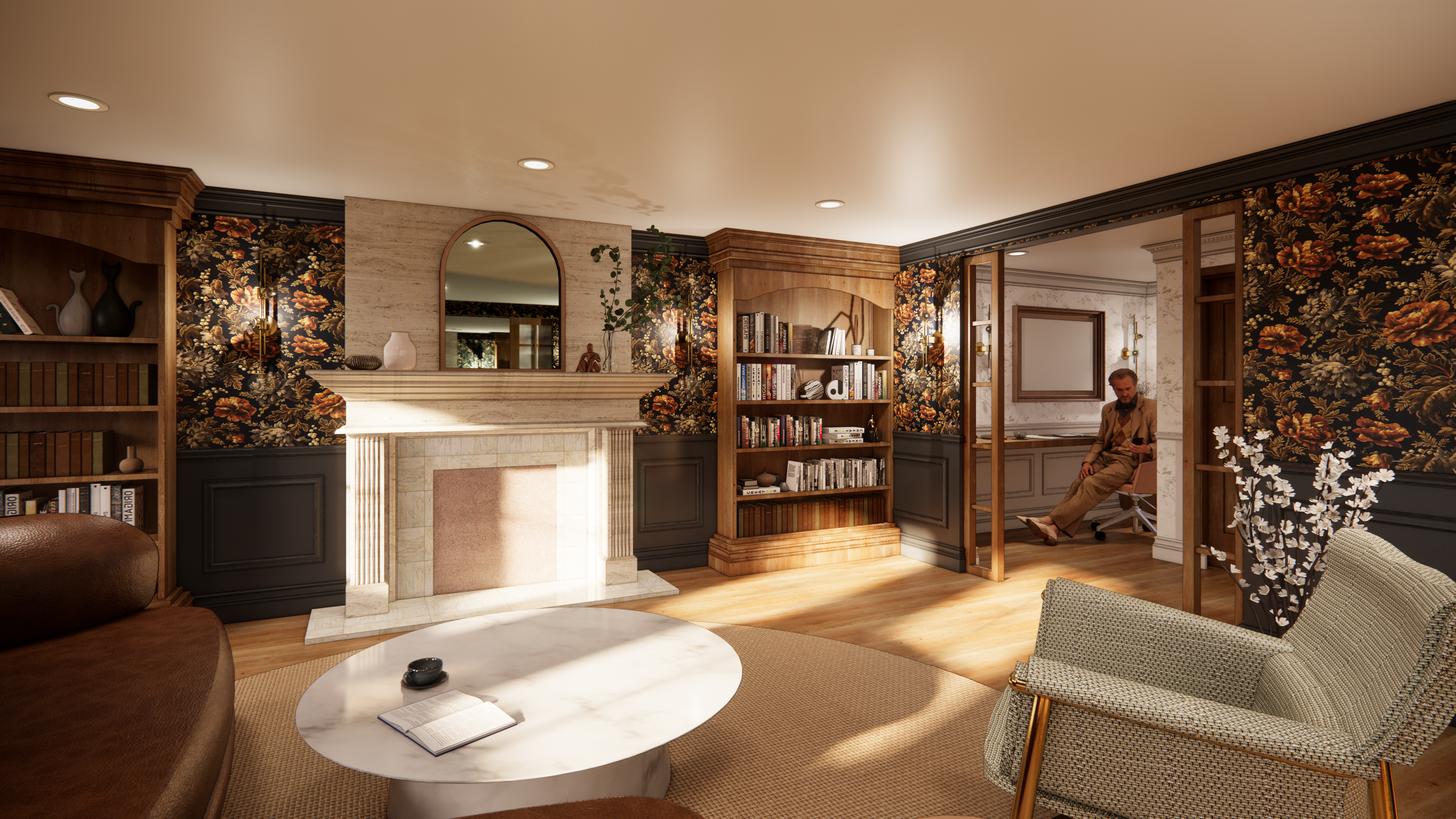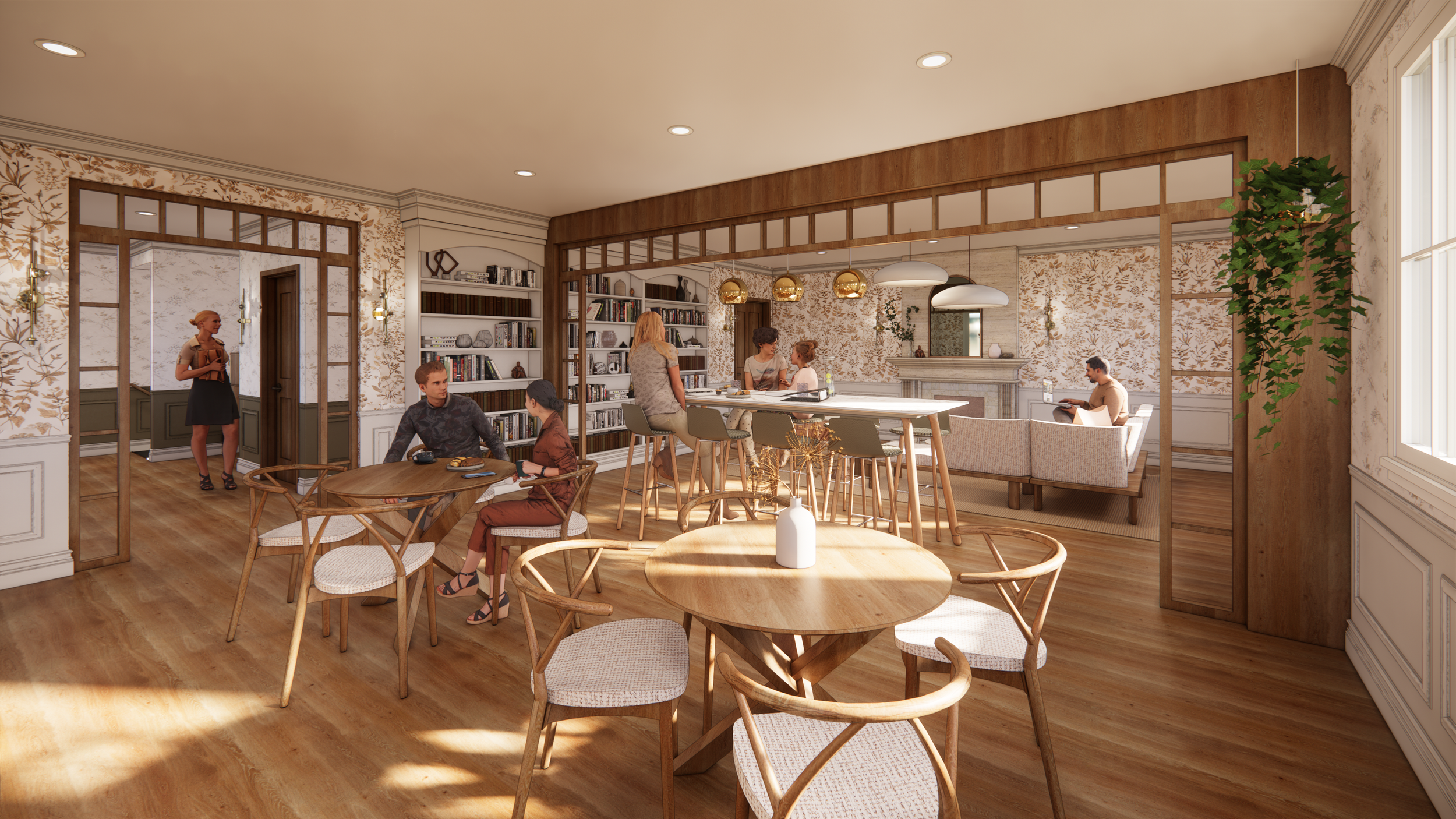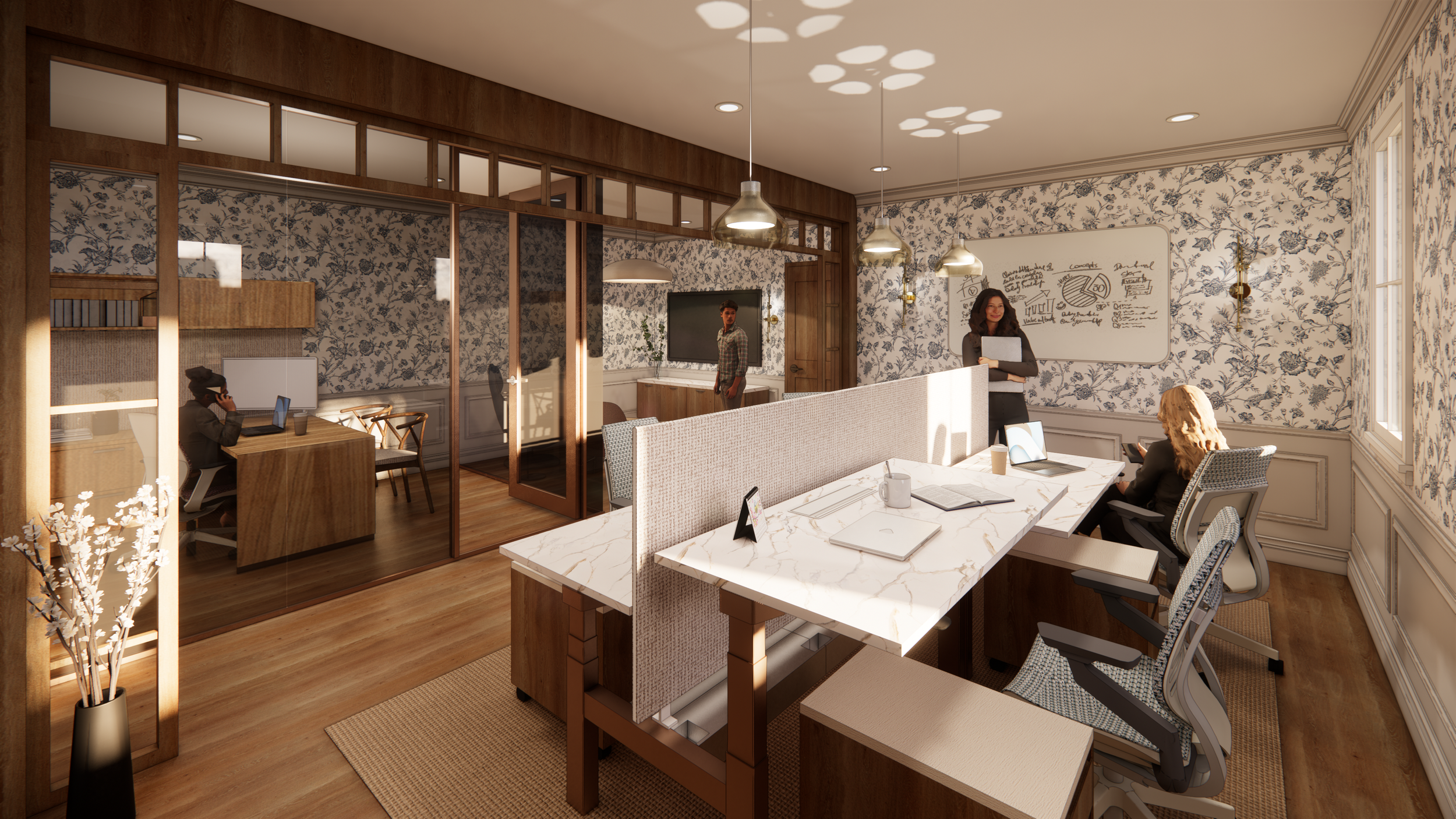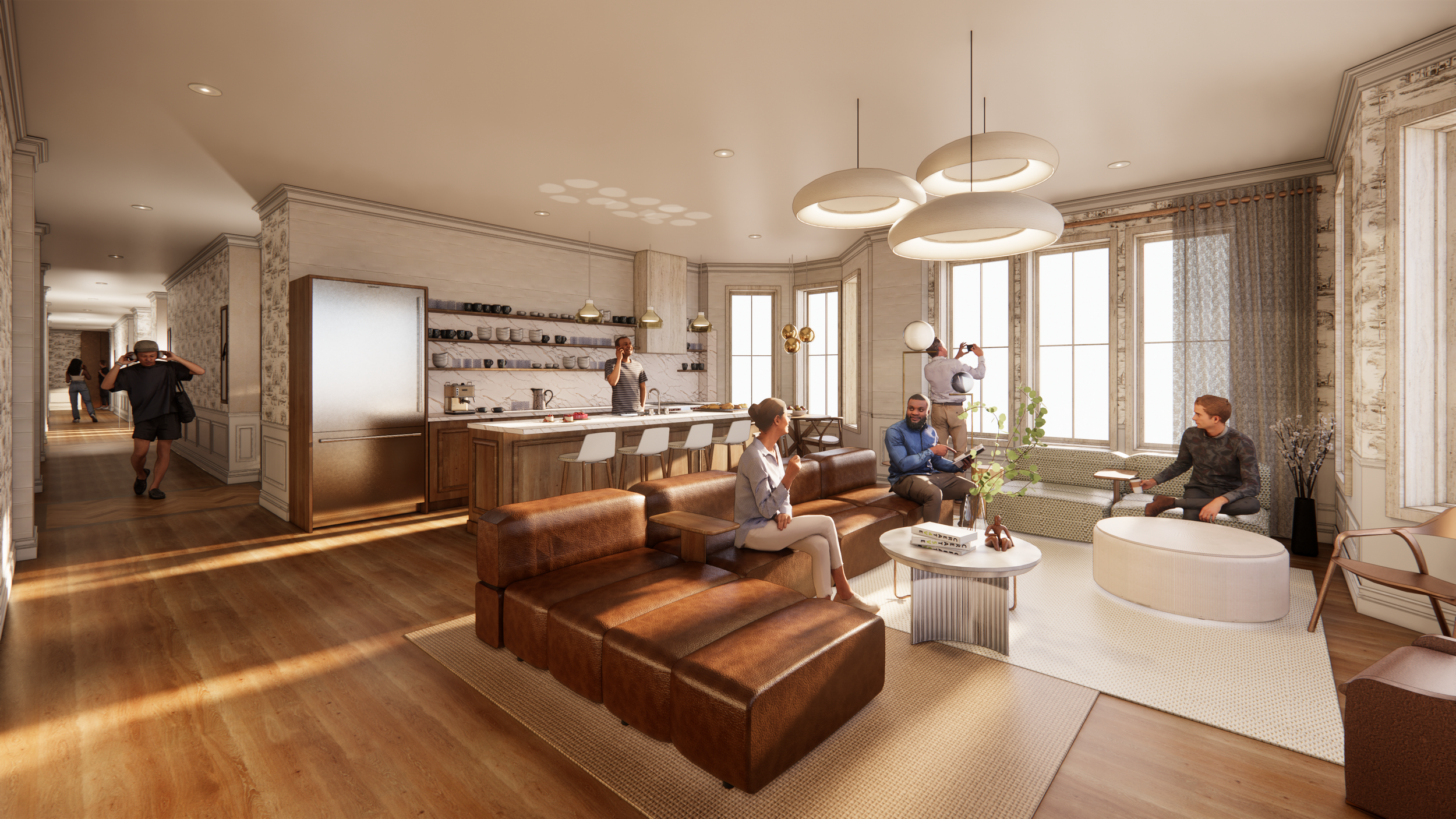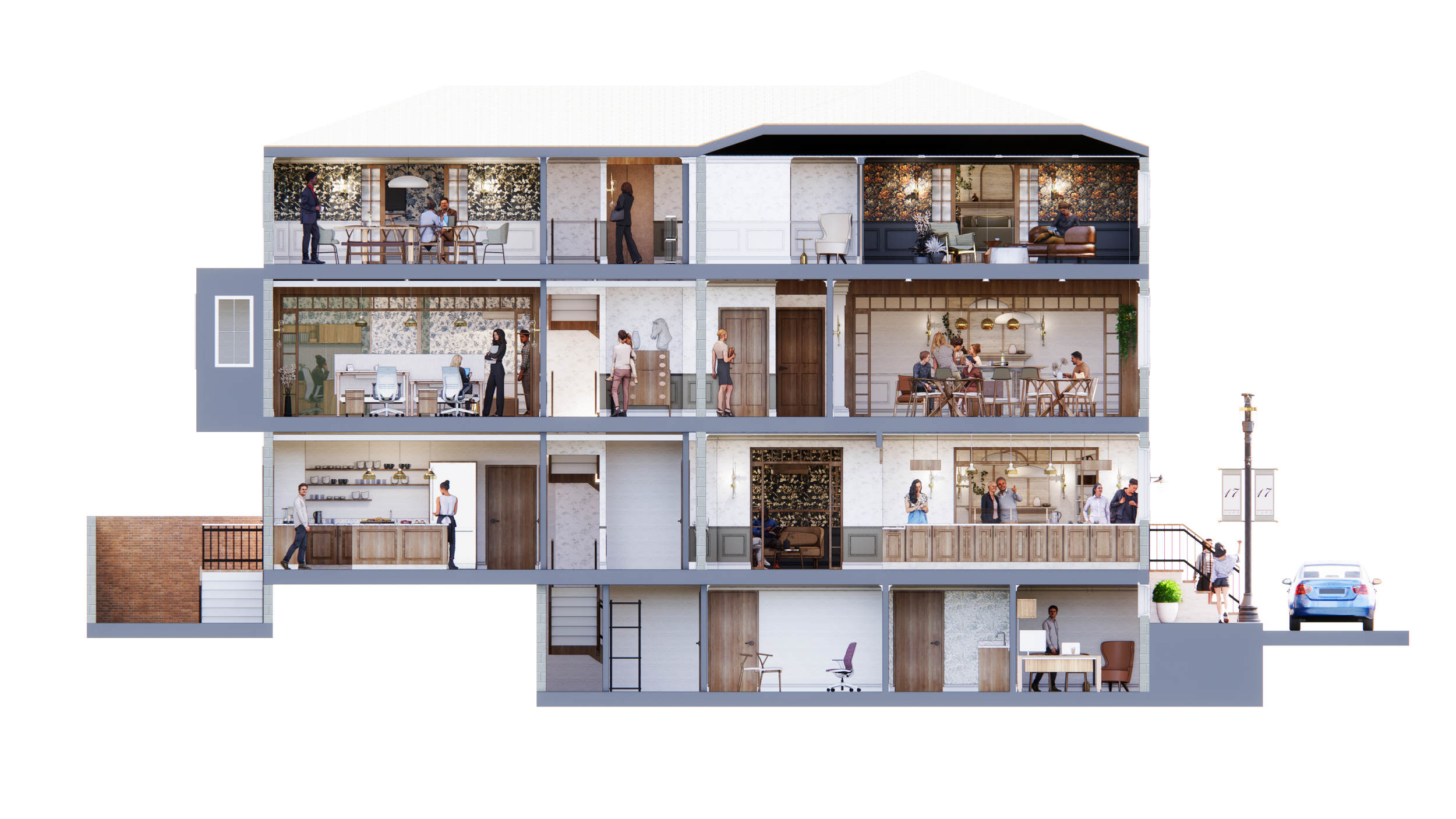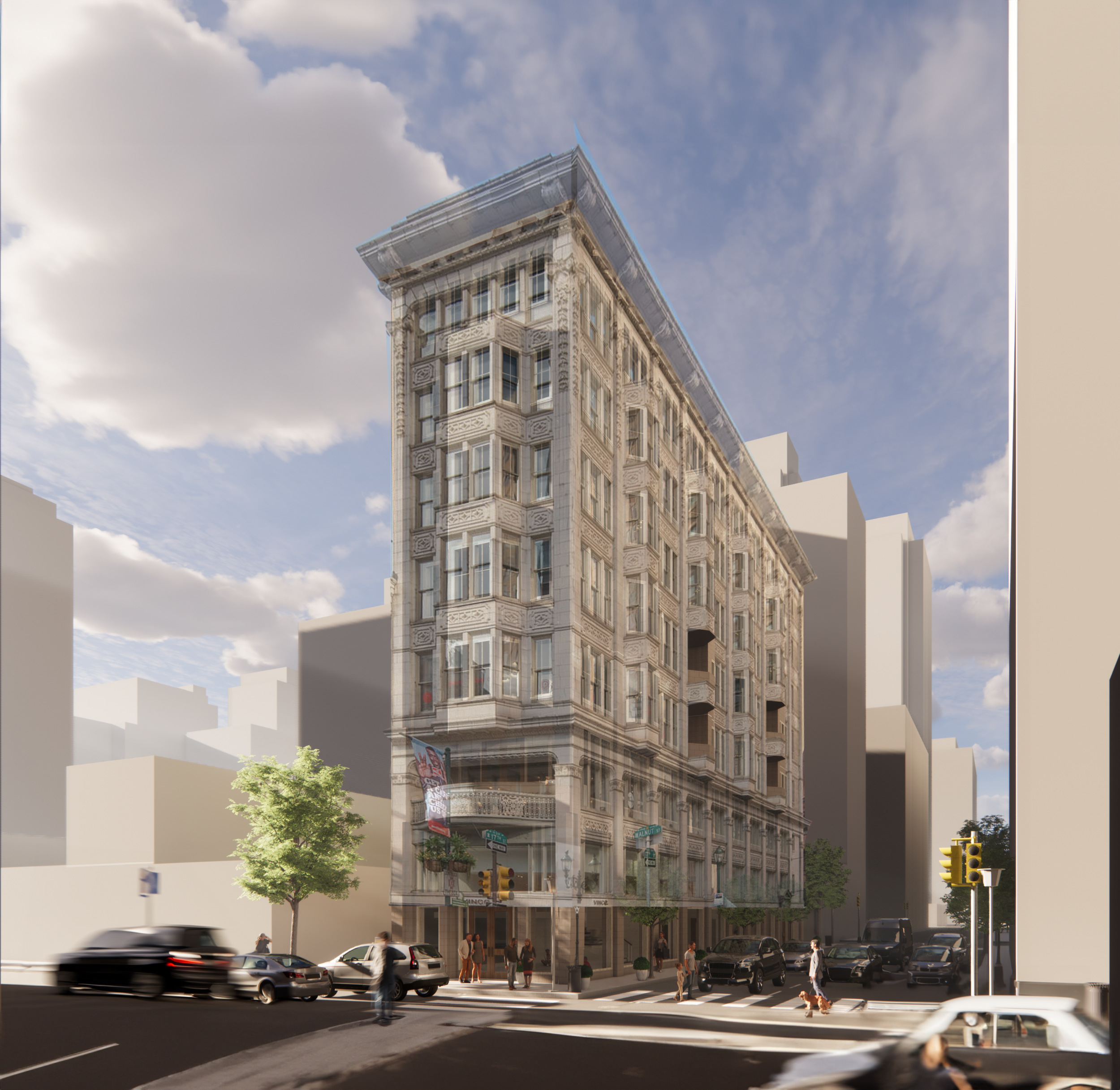Third Places: Spaces Built to Support the Arts
Bryana Duley // Adviser: Marie Mastrobattista
Third Places: Spaces Built to Support the Arts
As society gradually emerges into a post-pandemic world, the significance of third places and their absence within communities has become increasingly evident. These spaces, separate from the first place of home and the second place of work, play a vital role in providing sociability and a sense of security for individuals seeking respite from their daily routines. The demand for spaces that cater to creative professionals or foster simple hobbies has risen, as they have been proven to have positive impacts on people's overall well-being. Moving forward, how can we adapt cities and bring back the valued third places that may have closed during the pandemic? Can this be achieved through the inclusion of accessible creative spaces, such as rehearsal studios or music rooms? Or is there a way to bridge the gap between creatives and the surrounding community through residency programs that provide safe environments to foster collaboration and mutual growth? Conceptualizing these spaces and implementing them on various scales throughout the city, showcasing the diversity from towering skyscrapers to initiate rowhomes, can help reflect on the distinct characteristics and needs of different neighborhoods within the urban landscape. By embracing these approaches, cities can revitalize third places, promote community connections, and nurture a thriving creative ecosystem that benefits individuals and the city as a whole.

